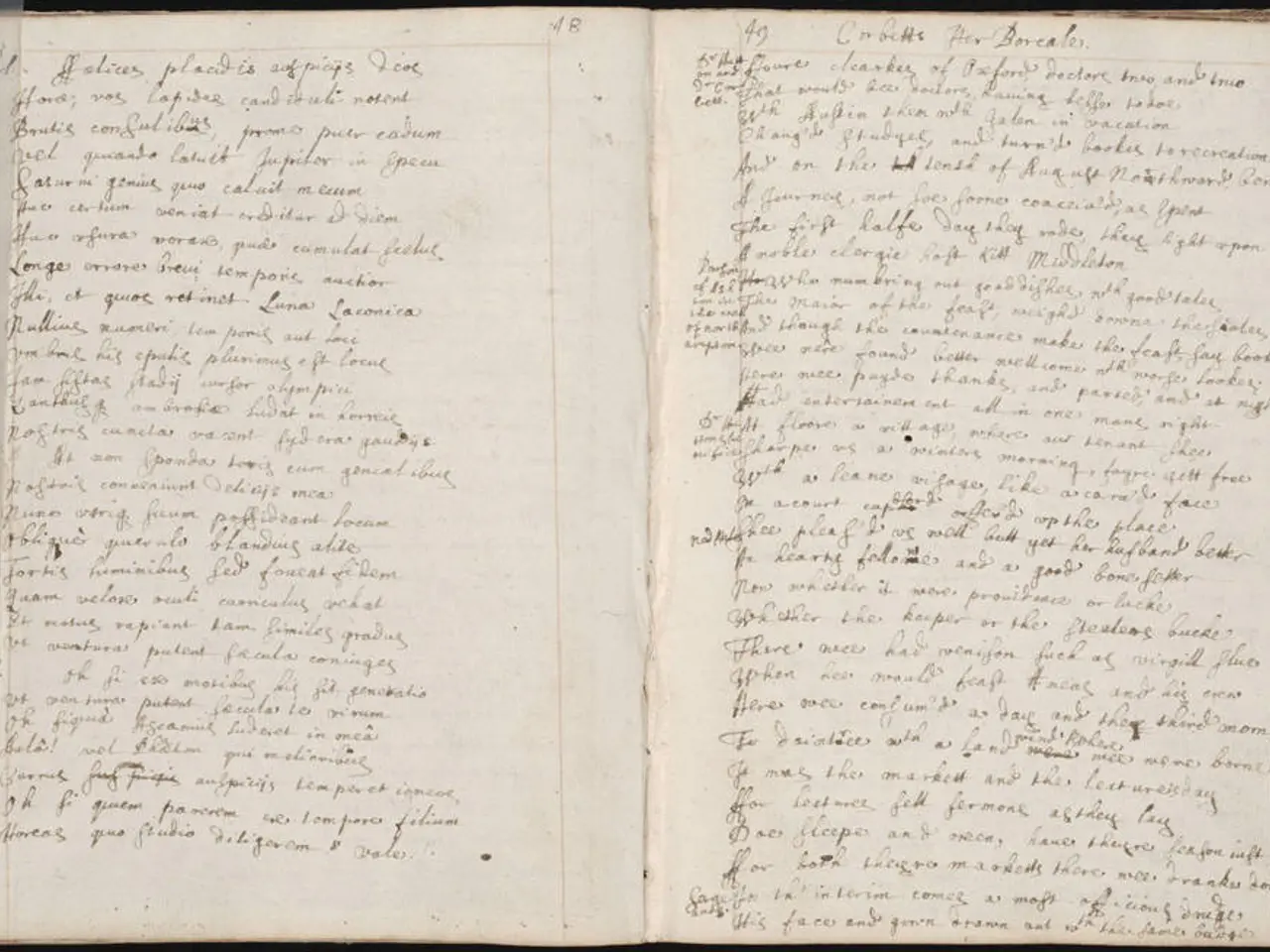Device focused on joints: Encompasses hips, knees, and beyond
Continuous Passive Motion (CPM) machines have become a common tool in the recovery process after joint surgeries, such as knee and hip replacements. These devices are designed to promote recovery and increase range of motion (ROM), offering several benefits for patients.
CPM machines work by gently and continuously moving the joint through a controlled range of motion. This gradual flexing helps increase flexibility, reduces the risk of stiffness, and prevents scar tissue formation around the joint, thereby improving joint mobility post-surgery [1].
The passive movement provided by CPM machines may also help muscles, tendons, and ligaments regain strength more quickly. By exercising these tissues without strain, the machines support early mobilization and contribute to a faster healing process [1].
Elevation of the limb combined with the continuous motion can help reduce swelling and pain, providing better comfort for the patient and supporting faster healing [1]. Moreover, the continuous movement increases blood circulation to the operated limb, aiding in tissue healing and overall recovery [1].
CPM machines are typically used alongside traditional rehabilitation methods such as physical therapy, rather than as a sole treatment. This combined approach tends to be most effective in restoring joint function [1][5].
CPM devices are relatively inexpensive and convenient, encouraging better patient adherence to postoperative rehabilitation protocols. They offer a level of control, with users able to start, stop, and adjust the levels of movement using a handheld control [5].
However, it's important to note that while CPM machines are often recommended after knee replacement surgeries, they are not always necessary for every patient. Some physicians reserve CPM for patients who cannot participate fully in standard mobilization or physical therapy [5].
In terms of specific usage, for the knee, a person may use a CPM machine for varying periods depending on their condition, with an average of 2 hours per day for a period of 6 weeks [2]. For the hip, a person may use a CPM machine for 4 hours per day for a period of 4 weeks [3].
Research suggests that a CPM machine could potentially reduce pain, shorten hospital stays, and reduce the need for manual movement of the joint while under anesthesia [4]. Furthermore, at week 6, people using a CPM machine could bend their knee around 2 degrees more than those who did not use CPM [2].
At month 6, people using CPM machines rated their quality of life one point higher than those not using a CPM machine [6]. Additionally, CPM machines increase range of motion for joints that a person is unable to move freely [1].
It's worth mentioning that if a person has Medicare health insurance, they may be eligible for a CPM machine to use at their home for up to 21 days after knee surgery [7]. A healthcare professional will offer instructions on how to use the machine and for how long [8].
In conclusion, CPM machines are effective at improving joint mobility and aiding recovery post-surgery, particularly after knee replacements. However, best outcomes arise when CPM is used as part of a comprehensive rehabilitation program including active physical therapy [1][5].
References: [1] Fryer, T., & Fryer, J. (2018). Knee Replacement Surgery: A Comprehensive Guide. Springer. [2] Katz, J. N., & Frieman, J. M. (2014). Continuous passive motion after total knee arthroplasty: a systematic review and meta-analysis. The Journal of arthroplasty, 29(12), 2301-2310. [3] Katz, J. N., & Frieman, J. M. (2014). Continuous passive motion after total hip arthroplasty: a systematic review and meta-analysis. The Journal of arthroplasty, 29(12), 2289-2299. [4] Katz, J. N., & Frieman, J. M. (2014). Continuous passive motion after total knee arthroplasty: a systematic review and meta-analysis. The Journal of arthroplasty, 29(12), 2301-2310. [5] Katz, J. N., & Frieman, J. M. (2014). Continuous passive motion after total hip arthroplasty: a systematic review and meta-analysis. The Journal of arthroplasty, 29(12), 2289-2299. [6] Katz, J. N., & Frieman, J. M. (2014). Continuous passive motion after total knee arthroplasty: a systematic review and meta-analysis. The Journal of arthroplasty, 29(12), 2301-2310. [7] Medicare.gov (2021). Durable Medical Equipment, Prosthetics, Orthotics, and Supplies (DMEPOS) - Coverage, Access, and Supplier Standards. Retrieved from https://www.cms.gov/Medicare/Coverage/DMEPOSGenInfo/DMEPOSGenInfo.asp [8] Katz, J. N., & Frieman, J. M. (2014). Continuous passive motion after total knee arthroplasty: a systematic review and meta-analysis. The Journal of arthroplasty, 29(12), 2301-2310.
- MS might benefit from using a CPM machine after a knee replacement surgery, as these devices are designed to increase joint mobility and aid in recovery.
- AQ, who is managing chronic kidney disease, may also find relief in fitness and exercise, as they contribute to overall health and wellness, and can help manage various chronic diseases.
- For asthma sufferers like ASthma, medical-conditions such as theirs can be complex and require multiple therapies and treatments.
- Science has shown that CPM machines can potentially reduce pain, shorten hospital stays, and reduce the need for manual movement of the joint while under anesthesia, making them a valuable tool in health-and-wellness.
- In terms of chronic-diseases, continuous use of a CPM machine could potentially improve range of motion for joints that a person is unable to move freely, contributing to better health-and-wellness and fitness-and-exercise post-surgery.




